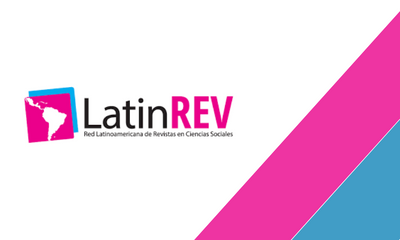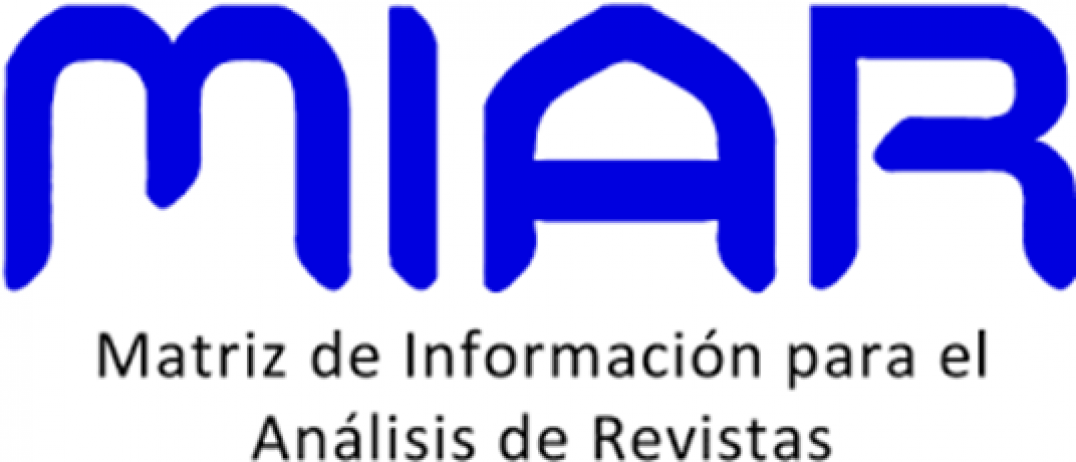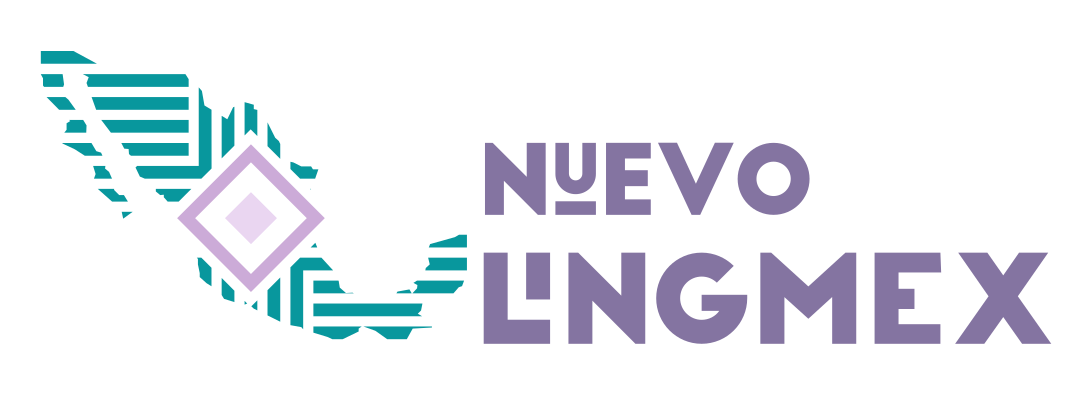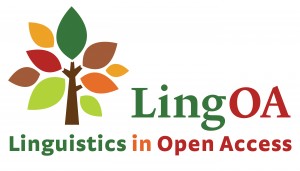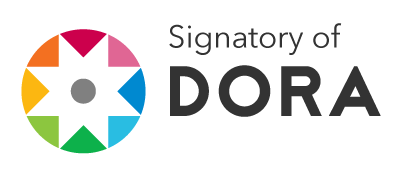Los usos de la lengua indígena y la experiencia escolar en planteles urbanos de la Zona Metropolitana de Guadalajara. Miradas y actitudes de docentes.
DOI:
https://doi.org/10.32870/vel.vi21.194Parole chiave:
migrantes, escolarización, lengua indígena, Zona Metropolitana de Guadalajara, docentesAbstract
La inserción de grupos de pueblos originarios de México a las ciudades les ofrece la posibilidad de escolarización, pero enfrentan diversas dificultades para lograrla. La incorporación de migrantes de estos pueblos a escuelas citadinas se da en un marco de desigualdad por no considerar la diversidad étnica. Factores como la segregación, la discriminación o el desconocimiento del español influyen en la escolarización de los alumnos de origen indígena. Algunos docentes consideran que leer y escribir en español es un factor determinante para el desarrollo escolar de los alumnos migrantes en detrimento del uso de la lengua indígena. Así, la lengua indígena tiene un papel relevante en la escolarización de estos estudiantes, en su aprovechamiento escolar y en las formas en que son percibidos y representados.
Este artículo describe el papel que el personal docente asigna a la lengua indígena en procesos de escolarización de migrantes de origen étnico en escuelas de la Zona Metropolitana de Guadalajara (ZMG). Se exponen percepciones de docentes recolectadas durante una investigación de corte etnográfico realizada en una escuela primaria de la ciudad. Se realizó un seguimiento a las condiciones de escolarización de alumnos de origen indígena, incluyendo opiniones del cuerpo docente. A través de observaciones y entrevistas al personal docente, se identifican las diversas dimensiones que cobra la lengua indígena en el proceso de escolarización, tales como un marcador de pertenencia étnica, un orgullo nacional, un obstáculo para el desarrollo escolar, un factor de discriminación o una limitante para el aprendizaje del español, entre otras.
Downloads
Metriche
Riferimenti bibliografici
Bertely Busquets, M. (1998) Educación indígena en el siglo XX en México. En Un Siglo de Educación en México. Vol. II. Latapí, Pablo (coord.) México: Consejo Nacionalpara la Cultura y las Artes/ Fondo de Cultura Económica. Pp. 74-110.
Castellanos Guerrero, A. (2001) Pueblos Indios, Racismo y Estado. En ¿Estamos Unidos Mexicanos? Los Limites de la cohesión social en México. Sánchez, Georgina (coordinadora) Informe de la sección mexicana del club de Roma. México: Editorial Planeta.
Flores Laffont, I. (2007) Leo, comprendo y no existo. Niños indígenas en una escuela urbana de Guadalajara. [Tesis de Maestría no publicada]. Guadalajara, México: Centro de Investigaciones y Estudios Superiores en Antropología Social Occidente.
Flores Laffont, I. (2015) ¿Por la estudianza todo se alcanza? Escolarización, trabajo y ciudadanía. Trayectorias escolares de migrantes indígenas en la Zona Metropolitana de Guadalajara, [Tesis de Doctorado no publicada]. México: Centro de Investigaciones y Estudios Superiores en Antropología Social Occidente.
Fasold, R. (1996) La sociolingüística de la sociedad. Introducción a la lingüística. Madrid: Visor Lingüística.
Martínez Casas, R., et al. (2004) La migración indígena en Guadalajara. Escuela y conflicto cultural en la conformación identitaria de niños y jóvenes otomíes, mixtecos y purépechas. En Educación indígena: En torno a la interculturalidad. Guadalajara: Universidad de Guadalajara.
Martínez Casas, R. y Rojas Cortés, A. (2006) Indígenas urbanos en Guadalajara. Etnicidad y escuela en niños y jóvenes otomíes mixtecos y purépechas. En El triple desafío, derechos instituciones y políticas para la ciudad pluricultural. Pablo Yanes, Virginia Molina y Oscar González (coords.). México. Universidad de la Ciudad de México.
Martínez Casas, R. (2007) Vivir invisibles. La resignificación cultural entre los otomíes urbanos de Guadalajara. México: Publicaciones de la Casa Chata, Centro de Investigaciones y Estudios Superiores en Antropología Social.
Moreno Medrano, L. (2017). Indigenous children in urban schools in Jalisco, Mexico: An ethnographic study on schooling experiences. [Tesis de doctorado no publicada] Cambridge: University of Cambridge.
Rodríguez Laguna, E. Actitudes lingüísticas: un estudio exploratorio en docentes de educación primaria en una escuela urbana en Jalisco, México. Verbum et lingua, 19: 161-175.
Rojas Cortés, A. (2006) Entre la banca, la casa y la banqueta. Socialización y matemáticas entre los niños otomíes que viven en la ZMG. [Tesis de doctorado no publicada]. Guadalajara, México: Centro de Investigaciones y Estudios Superiores en Antropología Social Occidente.
Vergara Fregoso, M. y Bernache Pérez, G. (2008) Educación Intercultural. Un estudiode las comunidades indígenas de Jalisco. México: SEP.

Downloads
Pubblicato
Versioni
- 2024-08-30 (2)
- 2022-12-01 (1)





